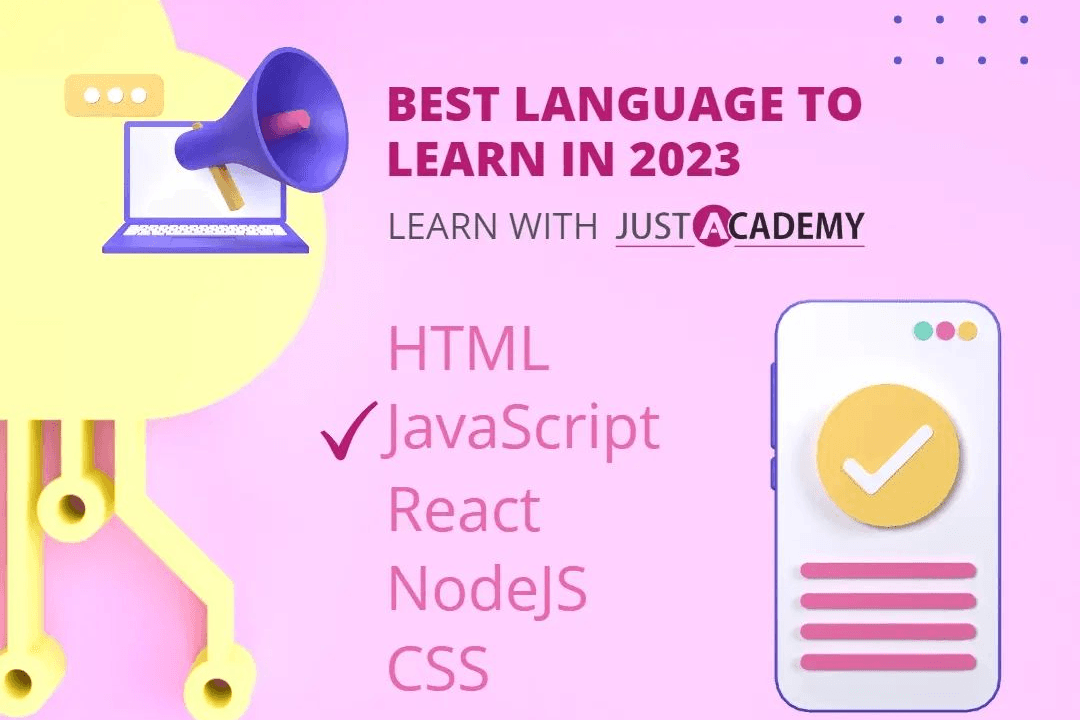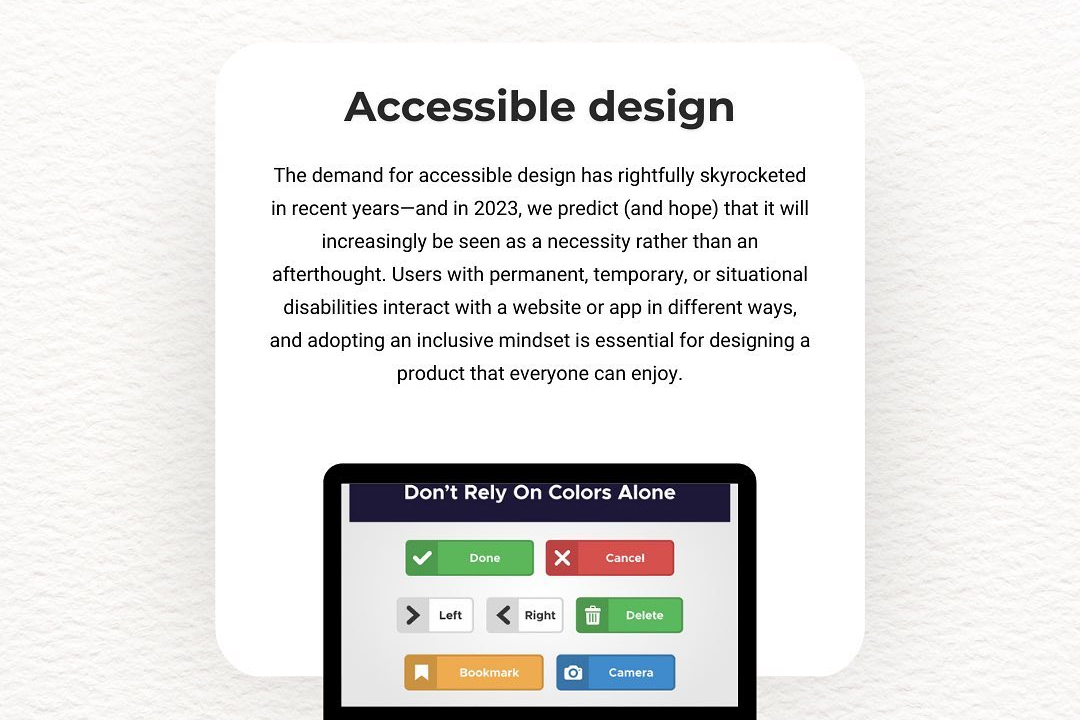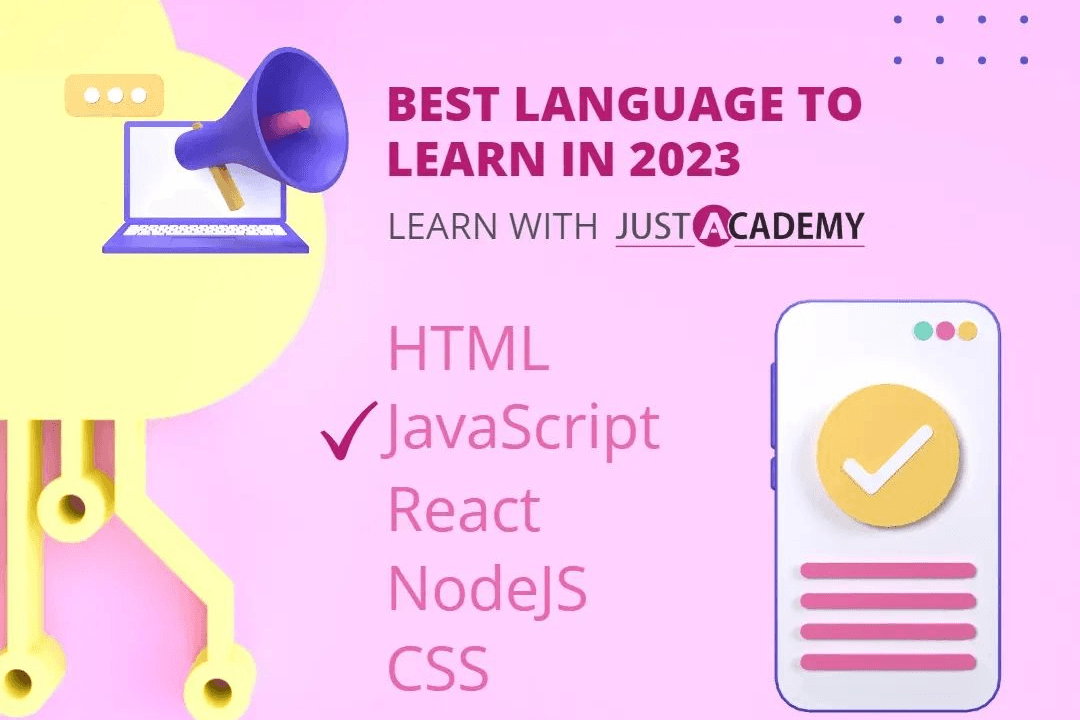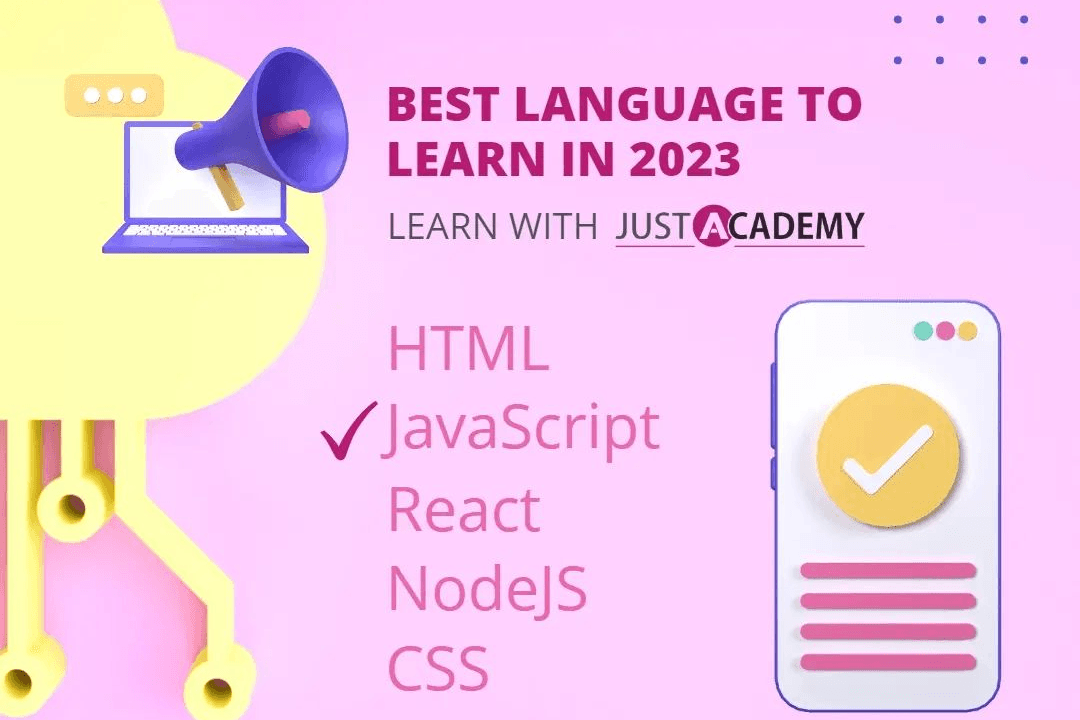Hello World Program Using PHP
The "Hello World" program in PHP is a simple script that outputs the message "Hello World" to the sc
Hello World Program Using PHP
The “Hello World” program in PHP serves as an essential starting point for beginners to understand the basics of server-side scripting and PHP syntax. By displaying the simple message “Hello World” on a webpage, it helps learners grasp how PHP code is embedded within HTML, how to output content dynamically, and how PHP scripts execute on the server. This foundational exercise is useful for building confidence, understanding the development environment, and setting the stage for more complex web development projects. At JustAcademy, we guide students through such practical projects to ensure they gain hands-on experience and a solid grasp of core programming concepts.
To Download Our Brochure: https://www.justacademy.co/download-brochure-for-free
Message us for more information: +91 9987184296
The “Hello World” program in PHP serves as an essential starting point for beginners to understand the basics of server side scripting and PHP syntax. By displaying the simple message “Hello World” on a webpage, it helps learners grasp how PHP code is embedded within HTML, how to output content dynamically, and how PHP scripts execute on the server. This foundational exercise is useful for building confidence, understanding the development environment, and setting the stage for more complex web development projects. At JustAcademy, we guide students through such practical projects to ensure they gain hands on experience and a solid grasp of core programming concepts.
Course Overview
This course introduces the fundamentals of PHP through creating a simple “Hello World” program, covering basic syntax, server setup, and embedding PHP in HTML. It provides practical knowledge essential for beginners to understand server-side scripting and prepare for more advanced web development.
Course Description
The “Hello World Program using PHP” course provides an introduction to PHP fundamentals by guiding learners through creating their first PHP script. Covering essential syntax, setup, and embedding PHP in HTML, it offers a hands-on experience suitable for beginners to understand server-side scripting and lay the foundation for advanced web development skills.
Key Features
1 - Comprehensive Tool Coverage: Provides hands-on training with a range of industry-standard testing tools, including Selenium, JIRA, LoadRunner, and TestRail.
2) Practical Exercises: Features real-world exercises and case studies to apply tools in various testing scenarios.
3) Interactive Learning: Includes interactive sessions with industry experts for personalized feedback and guidance.
4) Detailed Tutorials: Offers extensive tutorials and documentation on tool functionalities and best practices.
5) Advanced Techniques: Covers both fundamental and advanced techniques for using testing tools effectively.
6) Data Visualization: Integrates tools for visualizing test metrics and results, enhancing data interpretation and decision-making.
7) Tool Integration: Teaches how to integrate testing tools into the software development lifecycle for streamlined workflows.
8) Project-Based Learning: Focuses on project-based learning to build practical skills and create a portfolio of completed tasks.
9) Career Support: Provides resources and support for applying learned skills to real-world job scenarios, including resume building and interview preparation.
10) Up-to-Date Content: Ensures that course materials reflect the latest industry standards and tool updates.
Benefits of taking our course
Functional Tools
1 - Text Editor: A text editor such as Notepad++, Sublime Text, Visual Studio Code, or Atom is used to write and edit PHP code. These editors provide syntax highlighting, code completion, and error detection features that help students write clean and efficient code. They are lightweight, user friendly, and support various programming languages, making them ideal for beginners. Using a reliable text editor enhances the learning experience by reducing syntax errors and enabling quick code modifications, which is essential when developing simple programs like “Hello World” and progressing to more complex scripts.
2) Web Browser: Web browsers like Google Chrome, Mozilla Firefox, Microsoft Edge, or Safari are used to test and view the output of PHP scripts. Since PHP code runs on a server, students need to see how their code functions by rendering the output in a browser. Browsers interpret the HTML generated by PHP, allowing students to verify if their program displays “Hello World” correctly. Familiarity with browser tools, such as developer consoles, helps students debug and optimize their code, providing immediate visual feedback crucial for learning web development fundamentals.
3) Local Server Environment: Tools like XAMPP, WAMP, or MAMP act as local servers that facilitate PHP development on personal computers without needing an Internet connection. These packages include Apache web server, PHP, and MySQL, creating a complete development environment. They simplify setting up a server environment, allowing students to run PHP scripts locally, test their code, and understand server client interactions. This setup is vital for learning how PHP integrates with server side components and ensures a smooth transition from basic programming to full stack development.
4) Command Line Interface (CLI): For advanced learners, PHP can be executed directly through the command line interface (CLI). This method allows students to run PHP scripts without a web browser, which is useful for testing functions or scripts quickly. Using CLI helps students understand the execution flow of PHP programs and supports automation of tasks. It also introduces them to terminal commands, which are essential skills for managing server side applications and debugging scripts in a real world environment.
5) PHP Documentation and Resources: Official PHP documentation, tutorials, and online forums serve as valuable resources for students. These tools offer detailed explanations of PHP functions, syntax, and best practices. Access to official documentation helps students troubleshoot errors, learn new features, and deepen their understanding of language capabilities. Supplementing practical work with authoritative resources empowers students to become independent learners, enabling them to explore advanced topics beyond the basics of the “Hello World” program.
6) Version Control Systems (Optional): Tools like Git and platforms such as GitHub or GitLab are increasingly incorporated to teach students about code management and collaboration. Using version control allows students to track changes, revert to previous versions, and collaborate with peers effectively. Although not mandatory for a beginner level “Hello World” program, understanding version control lays the groundwork for professional development workflows, enabling students to manage their projects systematically and prepare for real world software development environments.
7) Integrated Development Environments (IDEs) (Optional): IDEs like PHPStorm, NetBeans, or Eclipse offer comprehensive coding environments with features like debugging, code navigation, and integrated terminal access. They streamline the coding process, reduce manual configuration, and improve productivity. For beginners, starting with lightweight editors suffices; however, as students progress, IDEs can provide significant advantages in managing larger projects, understanding code structure, and learning advanced debugging techniques essential for professional development.
8) Code Validation and Testing Tools: Online validators and testing tools help ensure code correctness and adherence to PHP standards. They analyze syntax and highlight potential errors, improving code quality from the outset. Using these tools encourages good programming habits, critical for avoiding bugs in more complex scripts beyond “Hello World.” Integrating testing into the learning process instills a disciplined approach to development, emphasizing the importance of code reliability and maintainability.
9) Database Management Tools (Optional for Advanced Students): Tools like phpMyAdmin or MySQL Workbench enable students to create and manage databases, extending “Hello World” programs to basic CRUD (Create, Read, Update, Delete) operations. These tools introduce students to data storage concepts, essential for dynamic web applications. Understanding how PHP interacts with databases prepares learners for real world projects involving user data, content management, and back end functionalities.
10) Deployment Platforms (Optional): Cloud hosting services such as Heroku or shared hosting environments can be used later in training to deploy PHP applications online. While not necessary for a simple “Hello World” program, familiarity with deployment processes supports learners in publishing their projects, testing in live environments, and gaining experience in handling real world web hosting challenges. This knowledge is vital for transitioning from classroom projects to professional web solutions or freelance work.
11 - PHP Frameworks and Libraries: As students grow more confident, exploring PHP frameworks like Laravel, Symfony, or CodeIgniter can accelerate development and introduce best practices. These frameworks provide pre built modules, templates, and structures that simplify building complex applications. Learning to work with libraries and frameworks enhances code organization, reusability, and scalability, laying a strong foundation for professional PHP development beyond basic “Hello World” programs.
12) Error Reporting and Debugging Tools: Enabling detailed error reporting using PHP configurations or tools like Xdebug helps students identify and resolve issues faster. Debugging is a crucial skill, especially when progressing to more advanced programs. Learning to interpret error messages, trace bugs, and use debugging tools fosters problem solving skills and ensures the development of robust, error free code.
13) Code Editors with Plugins: Many modern code editors support plugins or extensions for PHP development. For example, Visual Studio Code offers extensions for linting, formatting, and code snippets, enhancing productivity. Integrating such plugins streamlines coding workflows, helps enforce code standards, and teaches students about customizing their development environment to suit their needs.
14) Learning Management and Collaboration Platforms: Platforms like GitHub Classroom or Bitbucket enable students to collaborate on projects, review code, and practice version control in team environments. Incorporating collaboration tools into learning encourages teamwork, documentation, and peer review—valuable skills in real world software projects and company workflows.
15) Content Management Systems (CMS): Introducing CMS platforms like WordPress or Joomla helps students understand how PHP is utilized in popular web solutions. Exploring these platforms demonstrates real world PHP applications, teaches theme development, and provides opportunities to modify existing code, enriching their understanding of PHP in content driven websites.
16) Online Coding Challenges and Practice Platforms: Utilizing websites like HackerRank, LeetCode, or Codewars allows students to practice PHP programming through interactive challenges. These platforms build problem solving skills, reinforce syntax knowledge, and foster a competitive yet educational environment for mastering PHP fundamentals.
17) Security Testing Tools: As students advance, learning about security best practices and using tools like OWASP ZAP or Burp Suite is essential. Understanding common vulnerabilities (like SQL injection or cross site scripting) helps students write secure PHP code, a critical aspect of professional development and certification courses offered by JustAcademy.
18) Cross Browser Compatibility Testing Tools: Tools such as BrowserStack or Sauce Labs enable testing web applications across multiple browsers and devices. This ensures that PHP generated pages display correctly for all users, emphasizing the importance of responsive and accessible web design, which is integral in modern PHP projects.
19) Continuous Integration/Continuous Deployment (CI/CD) Tools: Introducing CI/CD pipelines with tools like Jenkins or Travis CI helps students automate testing and deployment processes. This knowledge prepares aspiring developers to work in professional environments, ensuring their PHP applications are reliable, maintainable, and ready for production.
20) Learning Pathway Resources: Curated playlists, tutorials, webinars, and certifications from reputable providers support structured learning. JustAcademy can offer access to comprehensive learning pathways, including hands on projects and assessments, enabling students to systematically build their PHP expertise from basic “Hello World” programs to advanced web applications.
Together, these tools and resources create a comprehensive ecosystem that supports the entire learning journey—from simple scripts to complex, secure, and scalable PHP applications—equipping students with the skills needed for the evolving tech industry.
Browse our course links : https://www.justacademy.co/all-courses
To Join our FREE DEMO Session:
This information is sourced from JustAcademy
Contact Info:
Roshan Chaturvedi
Message us on Whatsapp: +91 9987184296
Email id: info@justacademy.co












